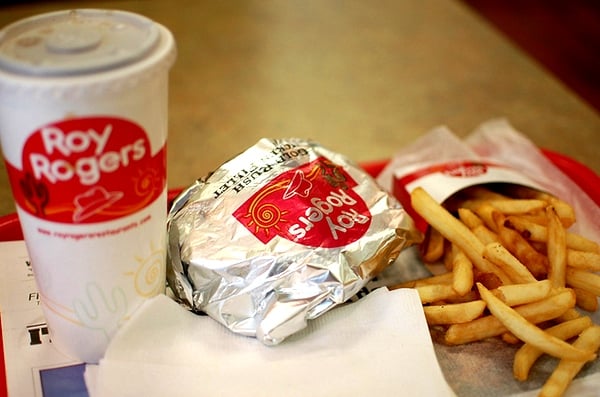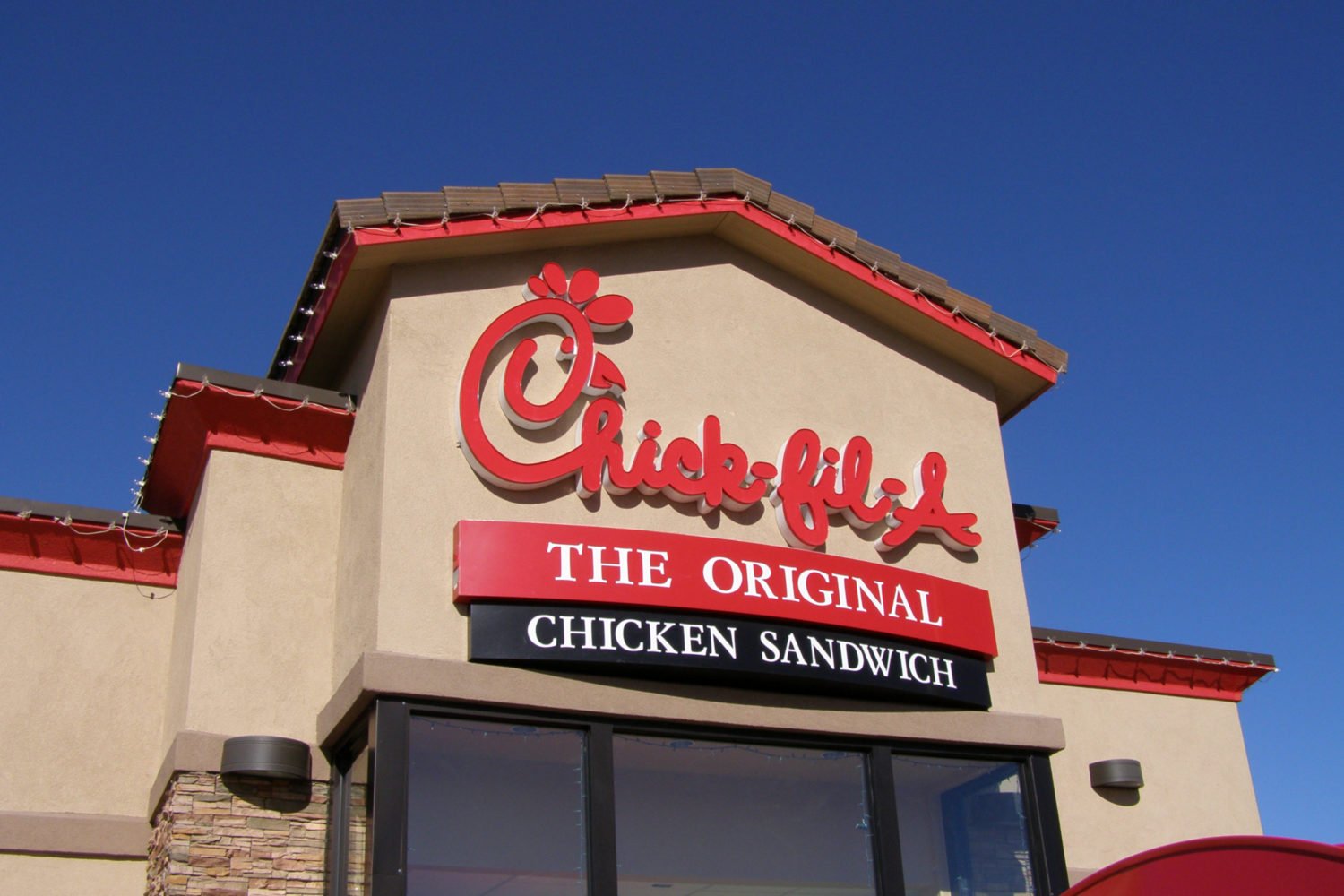You do have some nutritious alternatives to fast food and gas station snacks while on the road. Photograph courtesy of Flickr user gleam_df
The holiday season is a time for family gatherings, delicious home-cooked meals, and football—but many of us have to survive the drive first. Unfortunately, the rest stops and gas stations you’ll rely on for nourishment during all those hours in the car are a minefield of poor food choices. Without a plan, you’ll easily blow your healthy diet long before you make it to the dining table.
We asked registered dietitian Emily Baker for tips on navigating the interstate nutritional battlefield. The Washington-area university dietitian takes lots of road trips up and down the East Coast, so she knows firsthand the pitfalls of I-95 eating.
So how does a healthy eater survive gas station grub and rest-stop repasts? Here’s a guide to making good choices when you’re face-to-face with Big Gulps and supersize fries.
ENERGY BARS
After hunger and bathroom stops, energy is the next biggest concern on a road trip (for the driver, at least). Conscious eaters should bypass sugary supplements and seek out the energy bars. Baker says to check the labels—first the calories (all snacks should have 200 calories or less), then the ingredients. Look for bars made of whole grains, dried fruit, nuts, and other nutritional sources, especially those high in fiber and protein, which will keep you full longer.
“Ingredients are listed by weight, so whatever is first [on the label] will tell you what the most common thing in the bar is. You can also see if they’ve added vitamins or nutritional supplements—if they have to add them, then they’re not naturally occurring in the food,” she says.
High-protein bars are your best option, according to Baker. Not only does protein satiate, but it’s also brain food, and will help you stay focused and alert while driving.
For vegan and gluten-free options, Baker recommends bars made mostly of nuts and less-common grains, such as quinoa. “KIND bars and Lärabars are most popular with my special [dietary] needs students,” she shares.
SALTY/CRUNCH SNACKS
No matter where you stop, you’ll always have a sea of chip brands to choose from. The ubiquitous chip aisle isn’t off-limits, but there are considerations.
“It’s all about portion control—if you mindlessly eat while you drive, then buy a smaller bag,” Baker says. “You can also look for baked chips, which have less oil and fat and might even have more fiber in some cases.”
Great alternatives also include puffed snacks such as Popchips, puffed rice or flour snacks, and low-fat popcorn, which is low-calorie, whole-grain, and high in antioxidants, protein, and fiber.
Gas stations “sometimes even have snacks made with lentils or other whole grains that give you nutritional benefits,” she adds.
SWEET SNACKS
There’s hope for you sweet-toothed road trippers, too. Baker recommends peanut M&Ms, which contain much less chocolate than a whole chocolate bar. Other decent options include fruit snacks made with real fruit, which have some vitamins; Twizzlers, which are lower in sugar than most candies; gum, lollipops, and hard candies such as Jolly Ranchers, which take longer to consume; and, of course, fruit.
“Bananas especially are good because they have fiber, they’re sweet, and they’re more starchy, so you get 90 to 100 calories in one banana,” Baker says. “The fiber, again, is satiating.”
FAST FOOD
On longer drives, we all need a meal to hold us over. According to Baker, there are two ways you can stay true to your good eating habits at a fast food restaurant without wasting driving time combing the menu for less detrimental offerings.
“Most fast food places have a healthier options menu now, such as grilled chicken with no mayo, or salads with light dressing,” she says. Or you can use restaurants’s secret built-in portion control: the kids’ meal. They contain about 500 calories total, whereas the sandwich alone in most full-size meals has 500 calories or more.
Baker also says to watch out for extras such as soda, cheese, and condiments. “Things like bacon can add significant calories. Other red flags are words like ‘breaded,’ ‘crispy,’ or ‘fried’—that all equals fat.”
She recommends chains such as Subway, Wendy’s, Burger King, and Roy Rogers, which have decent nutritional options.
PACK YOUR OWN SNACKS
Baker’s best tip, however, is to avoid having to make these decisions in the first place.
“I always try to pack my own snacks for a road trip,” she says. Her personal favorites are homemade trail mix with dried fruit, nuts, dark chocolate, and low-fat cereal. She also likes low-fat string cheese and crackers with peanut butter.
Planning ahead is also a good strategy; deciding when, where, or how many calories you’re going to eat ahead of time can save you later.
“You can even decide to stop at a particular spot because they have better options. That way, if hunger strikes all of a sudden, you’re not stuck with whatever’s in front of you,” says Baker.
Emily Baker, RD, is also a nutritional consultant and can be reached at ebcwellness@gmail.com and 301-655-8171.


















